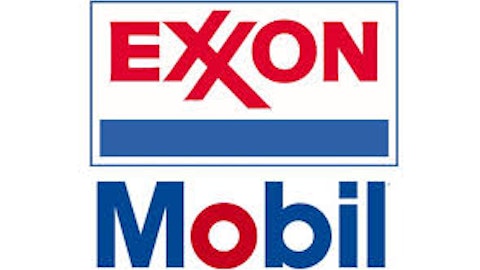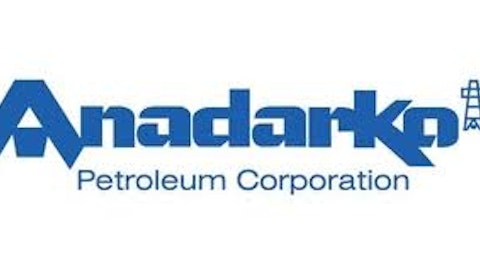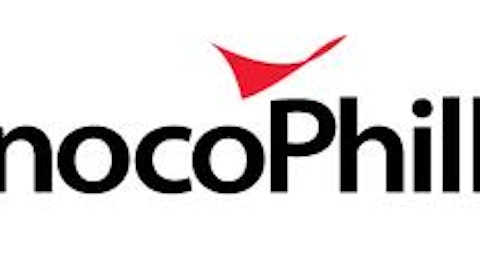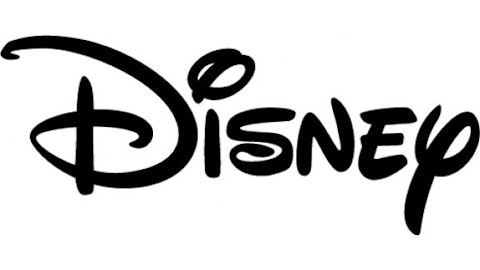The Benefits of Integrating Upstream and Downstream Activities
Exxon generates most of its revenues and profits by producing oil and gas in its upstream operations, but this business was less profitable than the previous year because of lower prices and production. The difference was compensated for by the robust performance of its refining and chemicals downstream businesses. As a result, the company just missed record for full-year earnings by earning $44.88 billion in 2012, about $340 million less than its 2008 figure of $45.22 billion which is still the record for a publicly traded company. The results indicate that the integrated model still works, though many companies have submitted their downstream and upstream activities to provide for better focus.
Peers
The other prominent company that also follows an integrated an integrated business model is Chevron Corporation (NYSE:CVX), the second-largest company by production in the United States. Chevron posted flat production figures and a decline in revenues but, because of the robust performance of the downstream operations, reported EPS of $3.70, well in excess of the $3.03 consensus estimate. Revenue growth of 1% to $60.5 billion was almost flat compared to the consensus estimate of $63.1 billion.
Occidental Petroleum Corporation (NYSE:OXY) , which has no downstream business, reported lower core income of $1.5 billion (EPS of $1.83 per diluted share) for the fourth quarter of 2012 despite strong production growth, compared with $1.6 billion (EPS of $2.02 per diluted share) for the same quarter of the previous year. The results were also affected by after-tax impairment charges of $1.1 billion or EPS of $1.41 per diluted share in connection with Midcontinent gas assets.
ConocoPhillips (NYSE:COP) separated its downstream business on April 10, 2012 as Phillips 66 (NYSE:PSX), and the latest quarterly results reflect the exploration and production business as it now is. Without the cushion of the downstream business, fourth-quarter 2012 adjusted earnings declined to $1.8 billion, or $1.43 per share, compared to fourth-quarter 2011 adjusted earnings of $2.1 billion, or $1.55 per share.
Conclusion
This is a financially solid and well-managed company with an attractive dividend yield and the capacity to sustain and even increase the dividend. There is also possible upside in the share price because the median target price of analysts is around $96 while the share now quotes at around $90. Despite the success of the integrated business model, I rate the stock as a “Hold.”
The article Are Strong Q4 Results Enough? originally appeared on Fool.com and is written by Jordo Bivona.
Copyright © 1995 – 2013 The Motley Fool, LLC. All rights reserved. The Motley Fool has a disclosure policy.




